How to test the Brightness of an LCD Display?
LCDs are analog devices like CRTs, internally, where an analog signal and circuitry control the brightness of each pixel. However, LCDs come with digitally addressed pixels, behave very differently from CRTs, and need a different evaluation approach.
Brightness
While selling electronic products like LCD screens or monitors, a few parameters are essential to consider, for example, backlight, colors, brightness, and backlight controls. Brightness, however, is the most important parameter when it comes to customer satisfaction and complimentary reviews. The brightness of LCD screens ranges from 250 units to more than 1000 units, with output light at around 350 to 450 candelas (cd) per square meter. A screen's brightness or luminance is vital in helping to determine which LCD screens need replacement, repair, or are damaged beyond repair. LCD screens can also aid in distinguishing different models from one another according to their luminescence and angle of observation.
Candelas
One method is to buy a photometer that registers brightness in candelas per square meter (cd/m^2). Then turn off the lights in the room, obstructing all kinds of external light. LCD screen must be left turned on. Next, maximize the brightness of the LCD. The background screen of the LCD must somehow be turned entirely white to get a standard reading. Either enlarge a blank document or open a Word document to reach the desired results. The next step would be to place the flat of the photometer's sensor up against the screen and take a reading according to the instructions provided with the photometer. Placing the photometer against the screen guarantees observation of maximum intensity, standardizing the measurement procedure between screens. Measuring from the usual place of computer users introduces too many variables, distorting the one authentic reading. Placing the sensor on the white screen is particularly important if the desired result is a standard measurement. Taking a few readings at different angles can be wise, especially if one is interested in narrowing the observable range. For example, all the readings could be taken at an angle 30 degrees from the screen to standardize the measurement. Keeping a protractor close for precision could be prudent.
Methods
Computer experts recommend several types of tests, including hardware and software tests. By adopting the method of trichromatic filter, the luminance colorimeter can measure brightness, color temperatures like CIELAB, CIELUV, and color difference. The four measuring angles can be switched as well. It is suitable for measuring luminescence in the field of low brightness, which requires a slight measuring angle, e.g., 0.1 °/ 0.2 °. In the case of long-distance measurement, the extension line is used for measuring both the main engine and inductor.
Input color coefficient and brightness deviation are some of the functions that can be achieved using an additional instrumental keyboard. Luminance colorimeter also proves its usefulness in computers for analysis and printing, lighting engineering, film, television, data storage, architecture, and other fields.
The Software, Monitors Matter Check Screen, is a professional LCD brightness software testing method, which does not only detect industrial LCD screens but this software tests CRT display (cathode ray tube) as well. Due to multiple features installed in it, this software can detect the color of LCD, text display effect, response time, bad points, and other vital indicators as well.
Displaymate Multimedia
For LCDs, dark gray and black color production is quite tricky. So, the black level of an optimally adjusted LCD should be pretty close to absolute black unless the LCD is placed in dimly lit environments. DisplayMate offers a black-level visual test for such authentication. The brightness level of LCD should be adjusted from minimum to maximum to evaluate the black level of LCD.
Positive or negative shadows, called streaking, often trail on the right side of the screen quite visibly. However, severe streaking wraps the image details preceding it. But the image distortion is most apparent in high contrast situations, and LCDs show the tendency of both horizontal and vertical streaking.
Video Bandwidth Index is used to measure the visibility of high-frequency detail in an image. The outcome of value 100 is perfect and signals that both high and low frequencies are being identically produced. LCDs that use digital input should have the output just like that. However, for analogous LCDs, an outcome of value 100 is not possible, and values below 100 are considered second-tier performance. Performing this test on a green background is vital for best results. Values closer to 100 or exceeding indicate either over-peaking or compensation, which is considered a severe performance flaw in overall LCD performance.
The Video Bandwidth Index for the three primary colors, namely Red, Green, and Blue, should be the same. However, suppose a color shift is detected from broad to minute details in an image. In that case, the Video Bandwidth Index cannot be identical in its three primary colors, and therefore it must be abnormal.
Colors
If the intensity of three primary colors does not change with signal level uniformly, then on a closer inspection, grayscale will show colors tinting one or more points of the LCD screen. The tinting is mostly visible near the black at low or peak intensity because of the imbalanced saturation between RGB channels.
LCDs are not built to produce a smooth grayscale with 256 discrete intensity levels that increase from black to peak white. By using Intensity Level Ramp and Intensity Level Color Ramp, the smoothness of grayscale can be evaluated. The things to look out for are jumps, skips, flat spots, bumps, ripples, dips, or any other irregularities that stand out from the smoothness of grayscale.
In the case of a portable monitor for a laptop, the best way to test a laptop screen is to adjust screen brightness from dimmest to brightest repeatedly on, preferably, white background. Then push the laptop screen from furthest to nearest and vice versa, checking if the screen flickers.








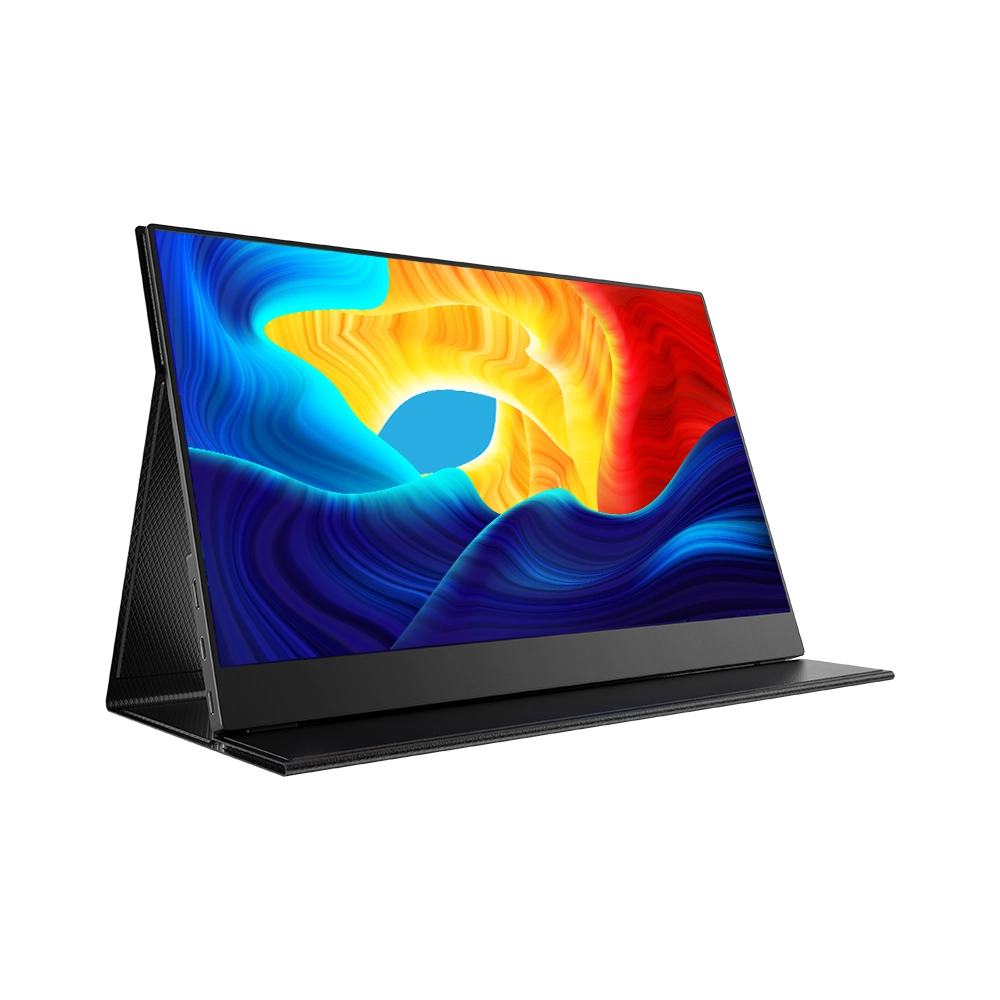
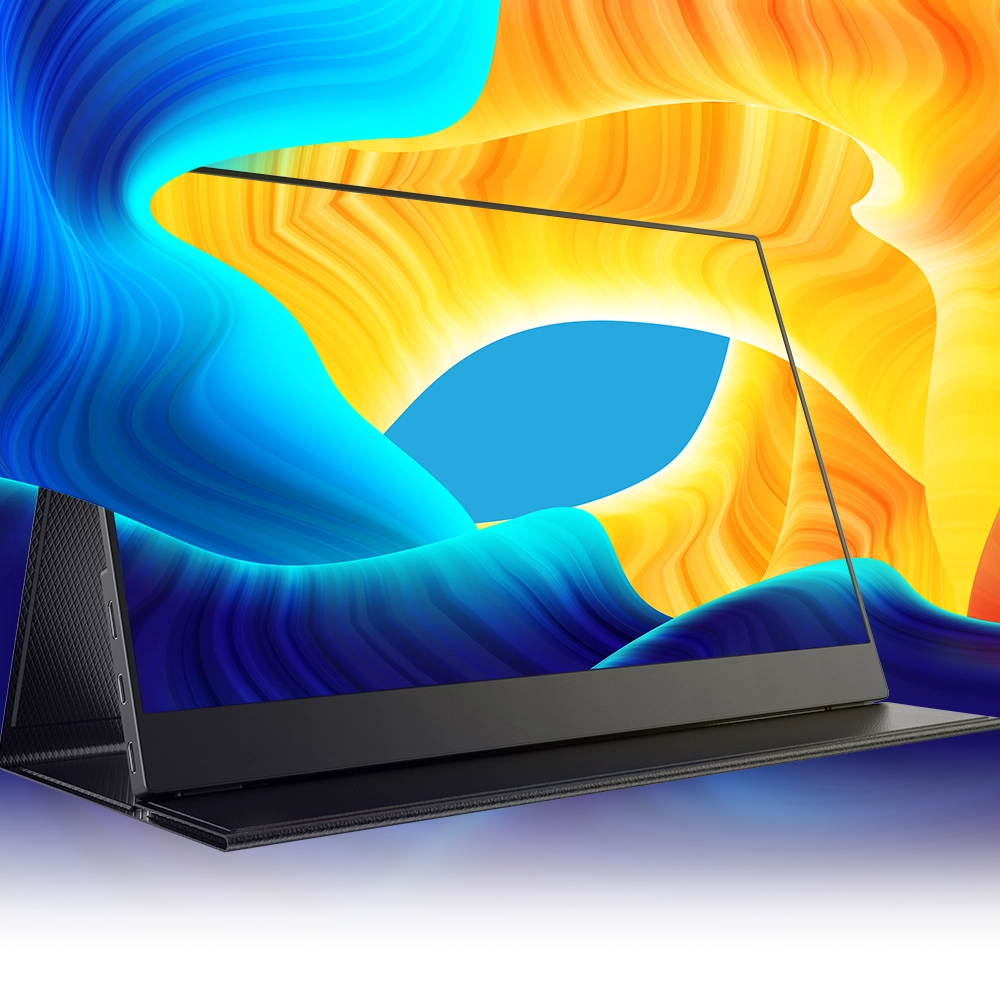
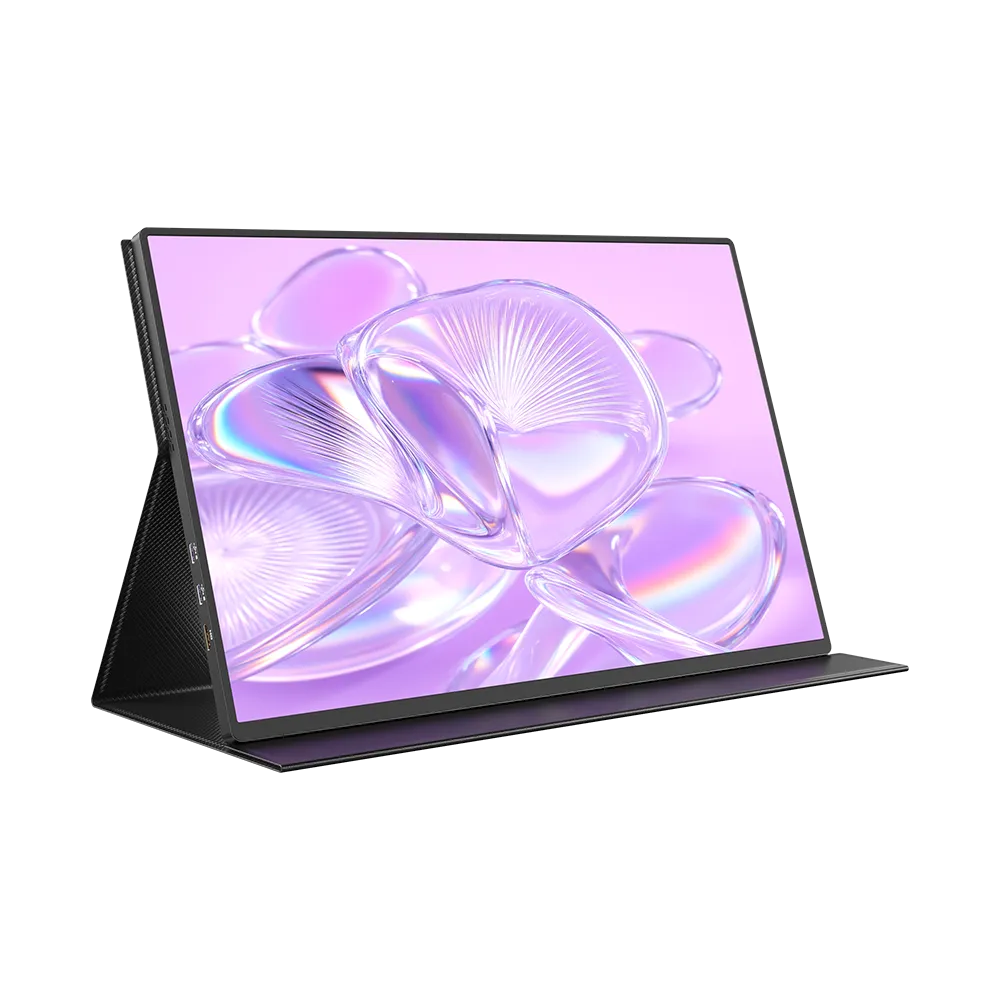
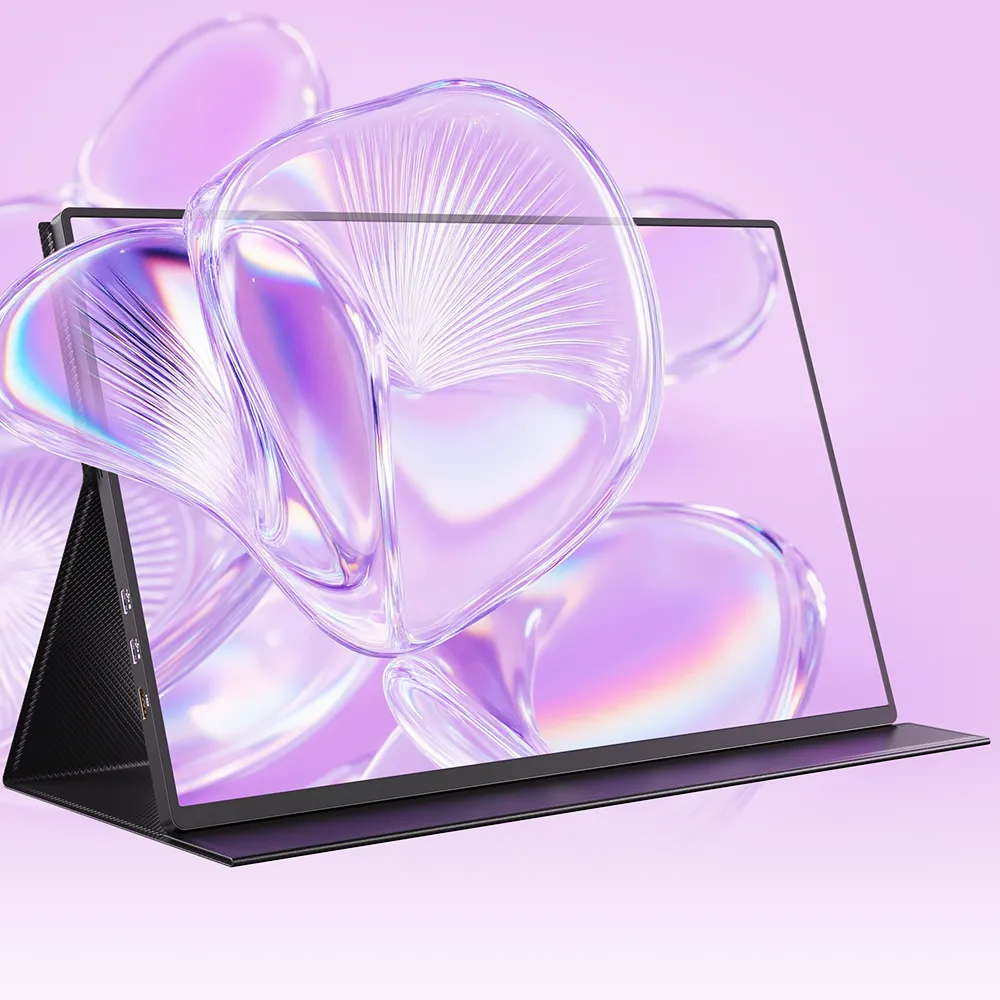


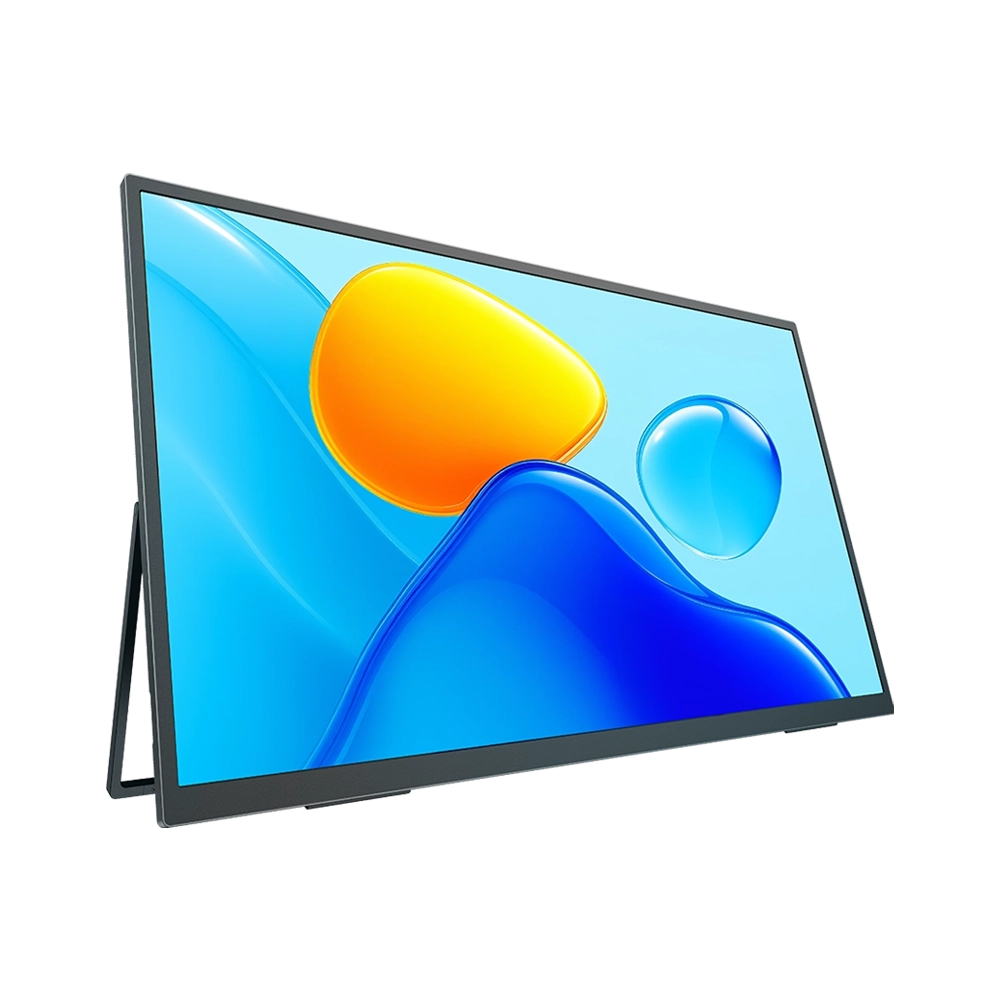
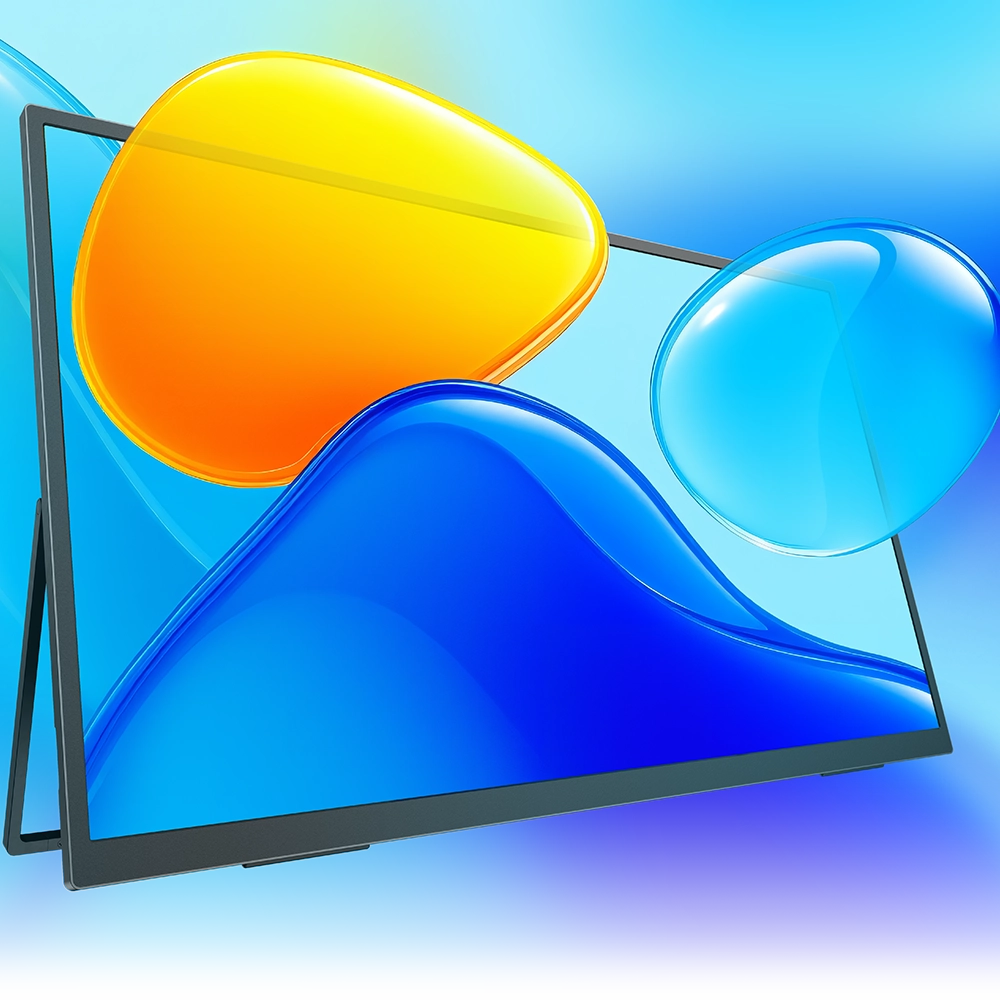

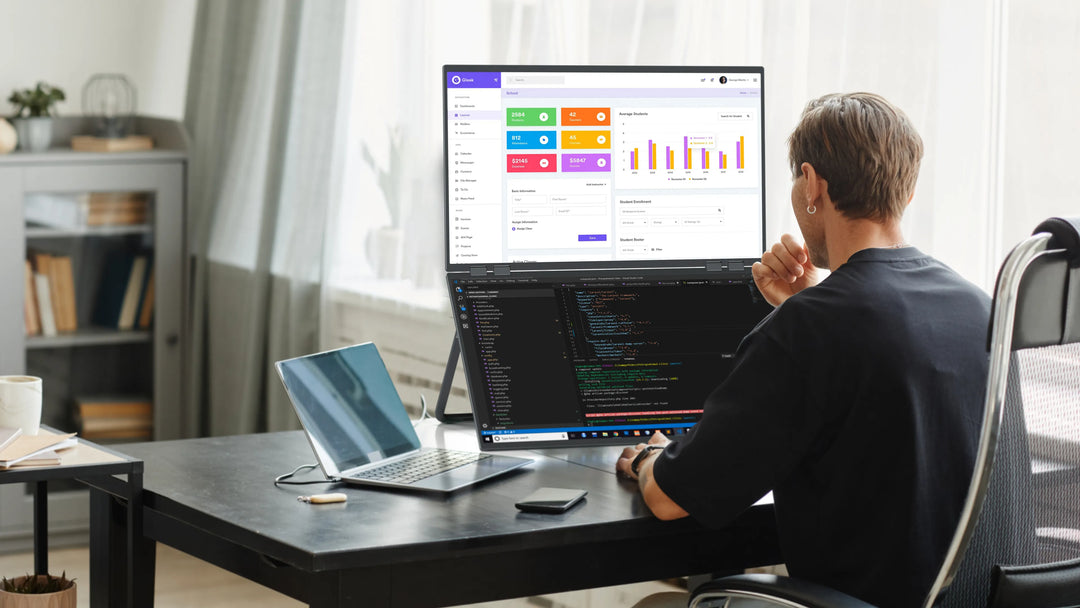

Leave a comment